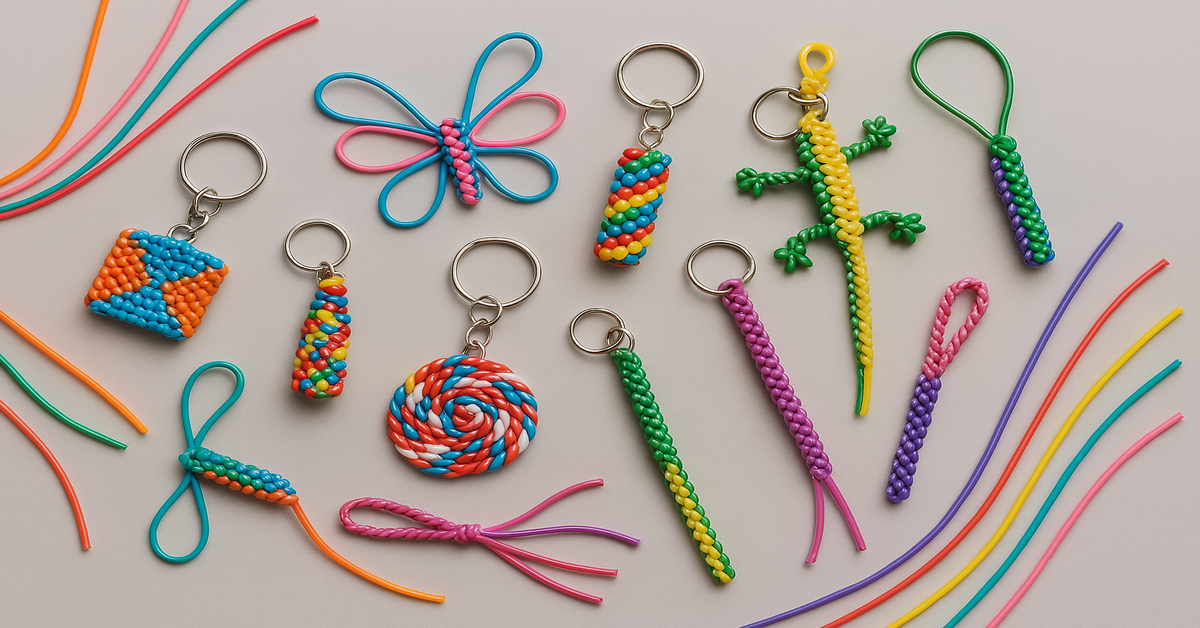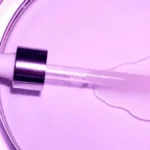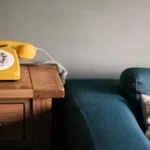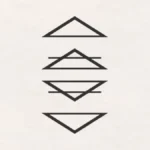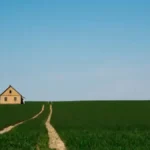Scoubidous, often known as plastic lacing crafts or boondoggle in some parts of the world, are a beloved form of handcrafting using colorful plastic cords. These cords, also referred to as gimp, lanyard, or rexlace, can be woven, braided, or knotted into a variety of shapes and objects, from keychains and bracelets to animals and decorative items. Scoubidous are a nostalgic pastime for many and have found a new generation of fans in today’s creative DIY culture.
The origins of scoubidous can be traced back to France in the late 1950s, with the name derived from the nonsensical lyrics of a French song. Over the decades, they gained popularity in Europe and North America, becoming a staple of summer camps, classrooms, and craft circles. The appeal lies in their vibrant colors, tactile satisfaction, and the endless possibilities they offer for creative expression.
Materials and Tools for Scoubidous
Types of Lacing Cords
Scoubidou projects are primarily made using flat or round plastic lacing cords. These are available in various materials, including:
- PVC Plastic: The most common type, known for its flexibility and vibrant hues.
- Glow-in-the-dark cords: Popular for making fun accessories for kids.
- Metallic and glitter laces: Add a touch of sparkle and are perfect for decorative items.
Essential Tools
To start creating scoubidous, you’ll need a few basic tools:
- Scissors: For cutting the cords to the required length.
- Lighter or glue: Used to seal the ends of the cords and prevent fraying.
- Clips or pins: Helpful for securing your work while braiding.
- Key rings and clips: For turning your scoubidous into usable items like keychains.
Basic Scoubidou Techniques
The Square Stitch (Box Stitch)
This is the most basic and commonly taught stitch in scoubidou crafting. It involves weaving two or more cords in a square pattern and is often the first stitch learned by beginners.
The Round Stitch (Barrel Stitch)
A variation of the square stitch, the round stitch gives a tubular appearance and is commonly used for making cords or handles.
Cobra Stitch (Snake Stitch)
This stitch resembles the pattern of a cobra’s scales and is popular for making bracelets and keychains. It’s relatively easy to learn and creates a strong, flat braid.
Spiral Stitch
By modifying the square stitch slightly and applying consistent directional tension, you can create a spiral effect that’s both eye-catching and elegant.
Creative Projects with Scoubidous
Keychains and Lanyards
The most popular scoubidou project is the keychain. Using a combination of square and spiral stitches, one can create colorful and durable keychains. Lanyards are also a favorite, especially among students and office-goers.
Bracelets and Jewelry
Scoubidous can be transformed into fashionable accessories. With the right colors and stitch patterns, you can make friendship bracelets, necklaces, and even earrings.
Decorative Items
Advanced crafters often use scoubidous to make animals, flowers, and even 3D objects like cubes and stars. These are great for decorating rooms or giving as handmade gifts.
Educational Crafts
Teachers often use scoubidous in classrooms to enhance motor skills, concentration, and creativity among students. They can be part of educational crafts involving mathematics, color theory, and geometric concepts.
Benefits of Scoubidou Crafting
Enhances Fine Motor Skills
Weaving and knotting the cords help improve hand-eye coordination and dexterity, particularly beneficial for children and seniors.
Boosts Creativity
With unlimited color combinations and patterns, scoubidou crafting fosters creativity and encourages out-of-the-box thinking.
Therapeutic Activity
The repetitive nature of stitching can be soothing and stress-relieving, making scoubidous an excellent mindfulness activity.
Social Engagement
Scoubidou sessions are often group activities, encouraging socialization and teamwork among participants of all ages.
Historical Background and Global Popularity
Origins in France
The term “scoubidou” comes from a 1958 French song by Sacha Distel. The craft itself became popular in France in the 1960s, especially among children.
Spread Across the Globe
From France, scoubidous spread to other parts of Europe and North America. Known by various names like boondoggle or gimp in the U.S., the craft found a place in summer camps, scouting groups, and schools.
Modern-Day Renaissance
Thanks to platforms like YouTube, TikTok, and Pinterest, scoubidous have seen a revival in recent years. DIY influencers often showcase their unique creations, inspiring a new generation to pick up the craft.
Advanced Scoubidou Techniques
Multi-Strand Braiding
More experienced crafters can use four, six, or even more cords to create complex braids and designs. These require practice but offer stunning results.
3D Sculpting
By strategically combining stitches, crafters can build three-dimensional figures, from animals to cartoon characters.
Color Pattern Planning
Planning your color scheme in advance can help create symmetrical patterns and gradients, elevating the aesthetic appeal of your work.
Incorporating Beads and Charms
Adding beads, buttons, or charms can personalize your scoubidou creations and make them more unique and eye-catching.
Scoubidous in Pop Culture and Education
Scoubidous in Media
The name scoubidou has made occasional appearances in media, often evoking a sense of childhood nostalgia. They are sometimes featured in TV shows or films set in school environments.
Educational Workshops
Many schools and community centers offer scoubidou workshops as part of arts and crafts curricula. These sessions are not only fun but also educational.
Charity and Fundraising Projects
Scoubidou crafts are also used in fundraising events, where handmade items are sold to support schools, charities, or community programs.
Caring for and Storing Scoubidous
Cleaning
Scoubidou items are relatively easy to maintain. Wipe them with a damp cloth to remove dust and dirt. Avoid soaking them in water.
Storage
Store unused cords in a dry, cool place. Finished projects should be kept away from direct sunlight to prevent color fading.
Repairing Damaged Pieces
Loose ends can be sealed again using a lighter or a dab of glue. For complex damages, it may be easier to recreate the piece.
Future of Scoubidous
With the growing interest in DIY culture and handmade crafts, scoubidous are likely to remain a popular hobby. New materials, such as eco-friendly cords and digital tutorials, are helping to modernize the craft.
Digital Resources and Communities
Online forums, video tutorials, and crafting groups have created a vibrant community around scoubidous. Beginners and experts alike share tips, patterns, and feedback.
Sustainable Crafting
As environmental concerns rise, manufacturers are beginning to offer biodegradable or recycled plastic laces, aligning the hobby with sustainable practices.
Conclusion
Scoubidous are more than just a fun craft; they are a creative, educational, and therapeutic activity enjoyed by people of all ages. From humble beginnings in post-war France to a global DIY trend, the colorful world of scoubidous continues to thrive. Whether you’re a beginner looking to try a new hobby or an experienced crafter exploring advanced techniques, scoubidous offer endless opportunities for artistic expression.
FAQs
1. What are scoubidous made of?
Scoubidous are typically made from flexible plastic cords, often PVC, which are available in a variety of colors and finishes, including metallic and glow-in-the-dark.
2. Are scoubidous suitable for children?
Yes, scoubidous are ideal for children as they help develop fine motor skills and creativity. However, young children should be supervised to avoid choking hazards.
3. Can I make scoubidous with other materials?
While plastic lacing is traditional, you can experiment with yarn, fabric strips, or even leather for different textures and effects.
4. How long does it take to learn scoubidou crafting?
Basic stitches can be learned in a few hours, but mastering complex patterns and 3D designs may take more time and practice.
5. Where can I buy scoubidou supplies?
Craft stores, online marketplaces, and educational supply shops typically carry scoubidou cords and accessories.
6. Are there online tutorials for scoubidou crafts?
Absolutely! Platforms like YouTube, Pinterest, and crafting blogs offer step-by-step guides for all skill levels.

